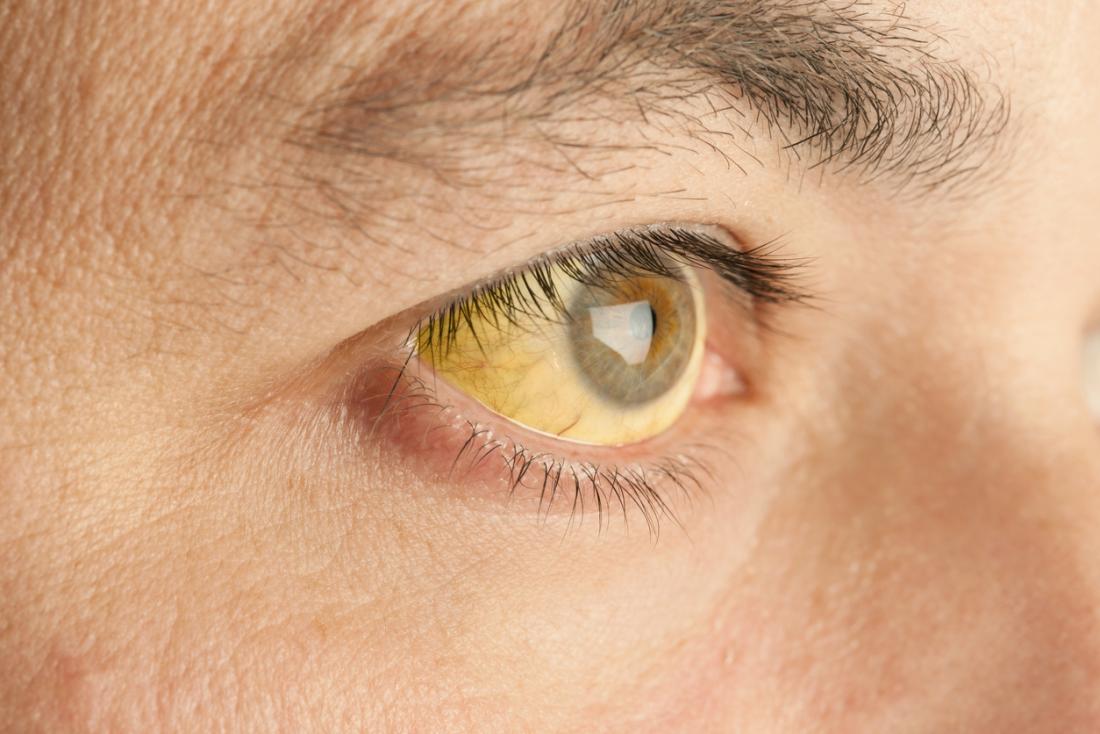
According to studies and research, well over two-thirds of all men and nearly half of all women will lose a certain amount of hair as they grow older. Hair loss has been there for years, but learning to accept it is one thing people haven’t figured out till now.
It is important to note, however, that there are several hair loss treatment options out there. Surgical hair loss treatment methods are available but often costly, and most people have difficulty dealing with the side effects. Thus, that is where non-surgical methods come in and are proven to be very effective in dealing with hair loss.
Table of Contents
What Is Non-Surgical Hair Restoration?
This term basically means bringing back or restoring hair that was lost without the use of surgical methods. This also means minimal skin invasion, and top-notch technology is used to bring back the hairline naturally. Hair restoration through surgical methods may not be accessible to most people, so there are non-surgical methods. Below are some non-surgical hair restoration methods.
Use of Minoxidil
This is one of the treatment options for those people who do not wish to deal with the side effects of undergoing surgical hair restoration. It was first developed as a treatment for ulcers back in the 1950s and then later used as a treatment for enlarged prostates. Scientists also discovered that it could be a treatment option for hair loss. It works by applying to the scalp as a topical medication to increase the blood vessels on the head, thus stimulating the growth of hair in the surrounding area. It is suitable for both males and females as it works in both cases. Minoxidil, also known as roganine, does not completely prevent hair loss but works by enabling hair follicles to thrive in a sterile environment.
Mesotherapy
This is the second treatment option for androgenetic alopecia, also known as hair loss due to genetic factors. It involves injecting a special solvent into the scalp to rejuvenate and restore the hair. The solvent is injected into the mesoderm layer, the middle layer of the skin. This solvent basically includes vitamins, minerals, and amino acid mixtures. This method is very effective as it stimulates hair follicles and is safe and painless since the area around the skin is often numbed before the procedure takes place. For years, this method has been proven to work by restoring hair volume and growth in both men and women suffering from androgenetic alopecia.
Healthy And Balanced Diet
A diet that best suits your nutrition needs is always advised for anybody dealing with a health condition. Although a proper diet may not bring a significant change in preventing hair loss, scientists have proven that a balanced diet brings the body to a more natural state and thus stimulates the restoration of hair. Hair follicles require nutrients and oxygen to survive, just like the other body tissues, which may cause a significant amount of hair to grow. Water is also very beneficial with regard to hair restoration.
What Is Non-Surgical Hair Replacement?
One might consider using surgical hair replacement methods to combat hair loss. This has proven to be costly, unlike the non-surgical replacement system. These are some of the hair replacement methods which do not include surgery.
1. Wigs and Toupees
These are human-made hair pieces that are used to cover areas previously affected by hair loss. Unlike wigs which can cover the entire head, Toupees only cover specific smaller areas affected by baldness. Wigs usually come with a comb and existing elastic band for proper adjustment on the head, while toupees need to be attached to the scalp using an adhesive. Both wigs and Toupees are typically available for both synthetic and natural hair.
2. Scalp Micropigmentation
This non-surgical procedure includes tattooing small dots on the scalp with the aim of creating an optical illusion that someone has thicker hair. It is one of the best ways to cover up injury scares and patches. Different methods are available for a person intending to add micropigmentation to their scalp as a method of big hair replacement. There are certain factors to consider before undergoing scalp micropigmentation, which are skin type and the extent of hair loss.
3. Natural Human Hair Replacement
From the name itself, this hair replacement method is 100 percent natural. Natural replacement methods are widely preferred over synthetic replacement methods since fewer cases of allergic reactions to the hair have been reported. These hairs also tend to blend in quite well with the skin and could even match one’s original color, density, and texture. They are very convenient and provide a natural look and feel to someone.
Non-Surgical Restoration Vs. Non-Surgical Replacement.
Non-surgical restoration aims to recover long-lost hair, especially from baldness, without requiring surgical procedures. On the other hand, non-surgical hair replacement is the act of adding new hair to replace the already lost one, still without surgery. Non-surgical hair restoration mostly includes treatments and medications taken with the aim of being able to regrow hair, especially around the scalp. In contrast, non-surgical hair replacement methods involve using synthetic and natural hairs to cover up bald areas and patches. Non-surgical hair restoration methods may include minoxidil and Mesotherapy sessions to restore hair, while non-surgical hair replacement methods may involve using wigs and Toupees in place of lost hair.
Conclusion
Hair loss treatment is one issue that can be solved using several ways. It is evident that the above hair replacement and restoration methods have proven beyond doubt to be very effective. However, one should seek advice from a healthy person to aid in making the right decision on which method best suits them.






